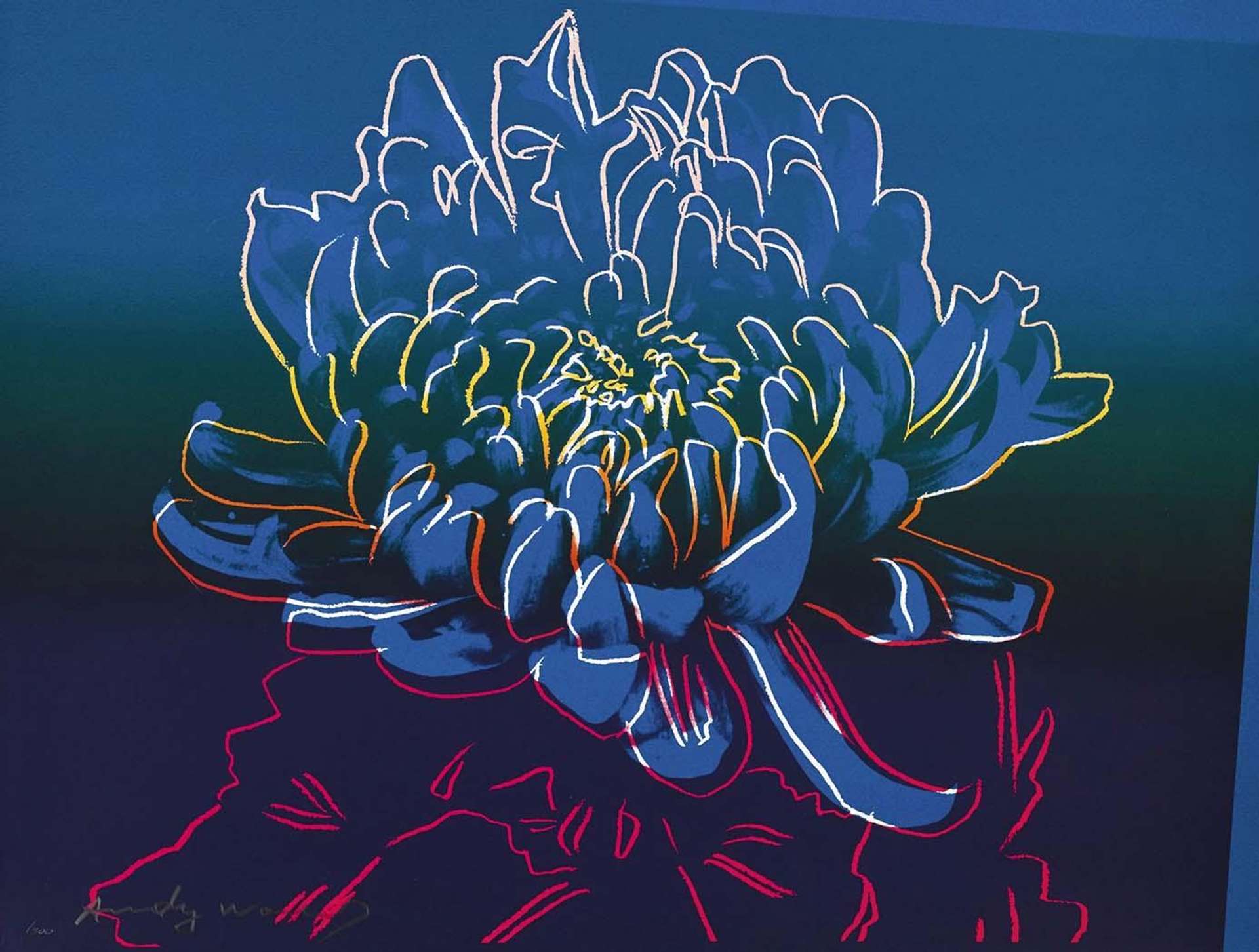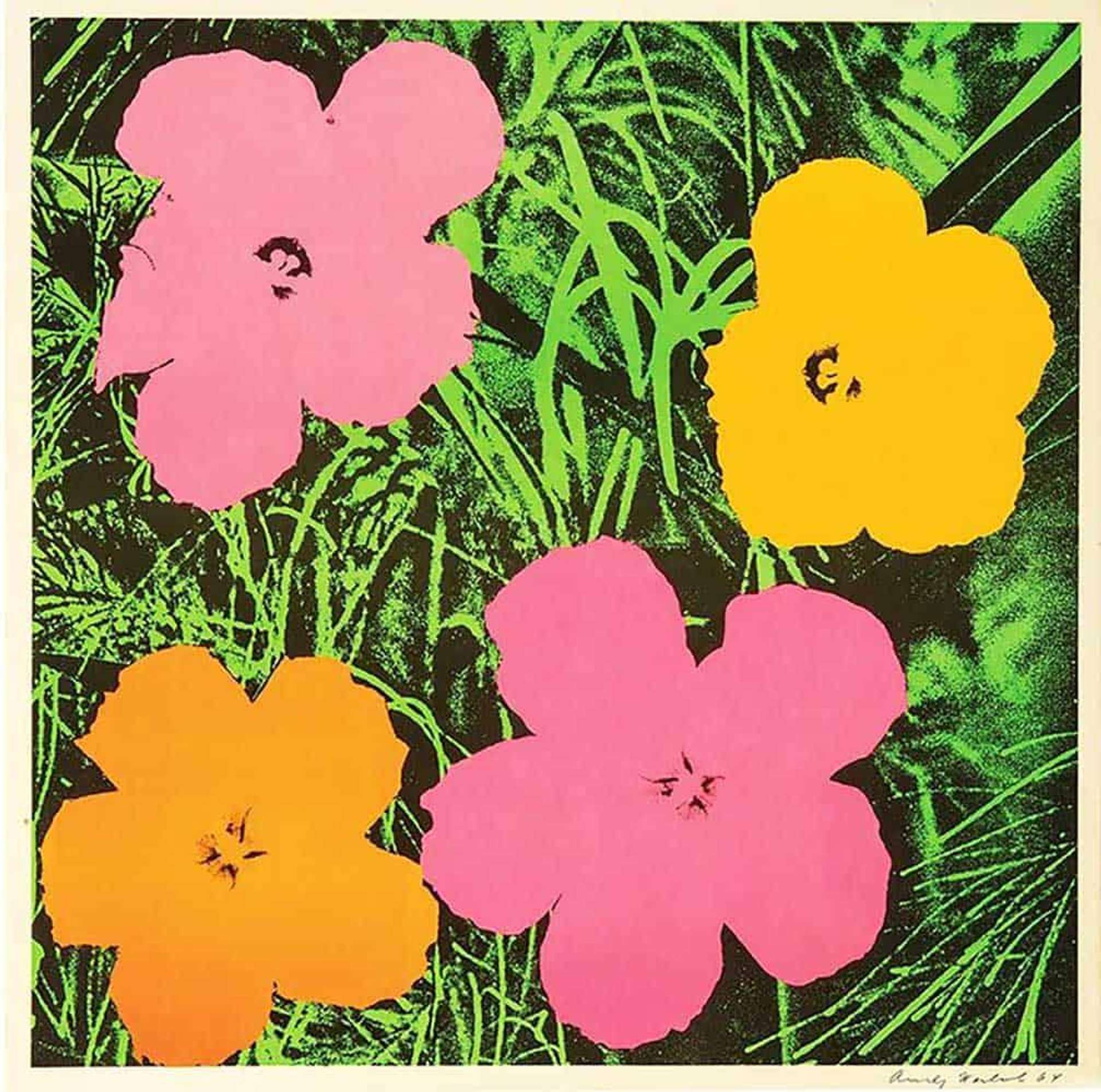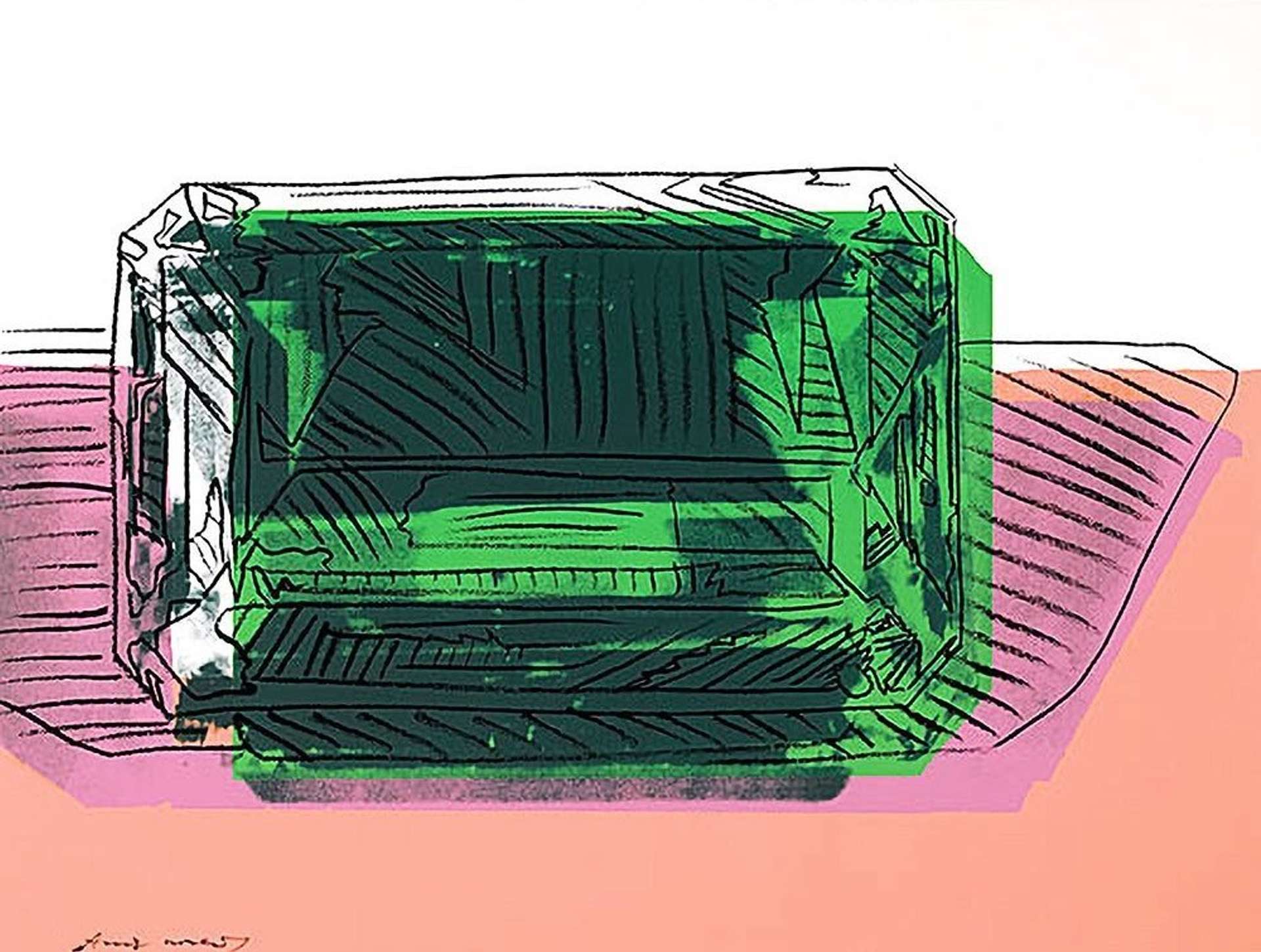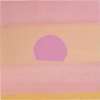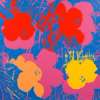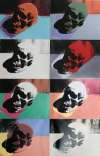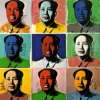Kiku
Andy Warhol’s Kiku (1983) portfolio, Japanese for Chrysanthemum, was commissioned by Fujio Watanuki—patron of the arts and the Japanese avant-garde, and founder of the Gendai Hanga Center in Tokyo. The three Kiku prints are unusually small in scale, suited to the conventional size of Japanese living spaces.
Andy Warhol Kiku for sale
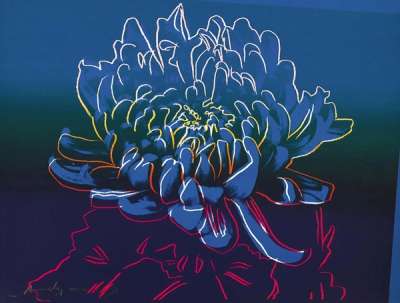
£27,000-£40,000
$50,000-$80,000 Value Indicator
$45,000-$70,000 Value Indicator
¥240,000-¥360,000 Value Indicator
€30,000-€45,000 Value Indicator
$270,000-$390,000 Value Indicator
¥5,140,000-¥7,610,000 Value Indicator
$35,000-$50,000 Value Indicator
TradingFloor
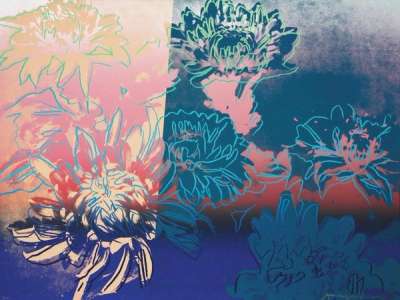
£30,000-£45,000
$60,000-$90,000 Value Indicator
$50,000-$80,000 Value Indicator
¥270,000-¥410,000 Value Indicator
€35,000-€50,000 Value Indicator
$300,000-$440,000 Value Indicator
¥5,730,000-¥8,600,000 Value Indicator
$40,000-$60,000 Value Indicator
TradingFloor
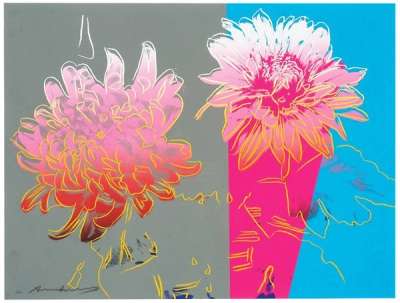
£24,000-£35,000
$45,000-$70,000 Value Indicator
$40,000-$60,000 Value Indicator
¥220,000-¥320,000 Value Indicator
€28,000-€40,000 Value Indicator
$240,000-$350,000 Value Indicator
¥4,580,000-¥6,690,000 Value Indicator
$30,000-$45,000 Value Indicator
TradingFloor

£80,000-£130,000
$150,000-$250,000 Value Indicator
$140,000-$220,000 Value Indicator
¥730,000-¥1,180,000 Value Indicator
€90,000-€150,000 Value Indicator
$790,000-$1,280,000 Value Indicator
¥15,280,000-¥24,830,000 Value Indicator
$100,000-$160,000 Value Indicator
TradingFloor
Sell Your Art
with Us
with Us
Join Our Network of Collectors. Buy, Sell and Track Demand
Meaning & Analysis
A series studying the Chrysanthemum flower, or in Japanese, Kiku, Warhol created 300 screen print portfolios of this motif in 1983. In 1983, Fujio Watanuki, a longstanding supporter of the Japanese avant-garde and founder of the Gendai Hanga Center in Tokyo, invited Warhol to create a new body of work inspired by Japanese flowers. The result is Kiku, a stunning series that centres on the chrysanthemum flower, or Kiku in Japanese. Warhol created 300 screen print portfolios with three prints in each portfolio. The artist also experimented with different colours and collaged layouts, resulting in unique pieces that did not form part of the final portfolio. The works were made in a uniquely small scale in order to suit the conventional size of Japanese living spaces.
The series is pure Pop Art as it unites the artist’s interests in repetition, bold graphic iconography and everyday imagery. Warhol went on to return to the subject of the flower in works such as Flower for Tacoma Dome and Daisy.
